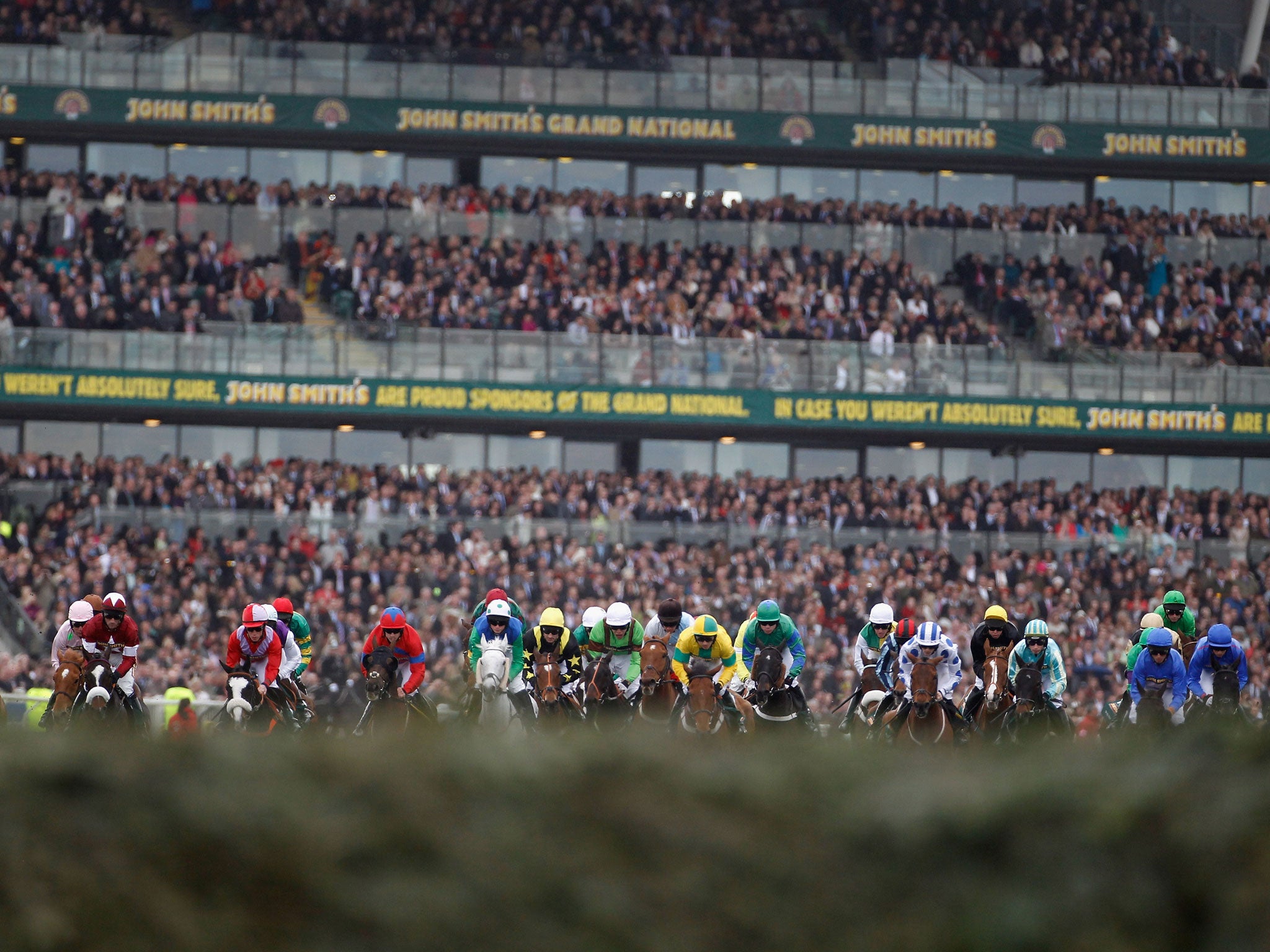Grand National 2014: What makes Aintree race unique?
A look at the history of the race

The Grand National is a steeplechase run at Aintree racecourse which is just outside the city boundaries of Liverpool and five miles north of the centre of the town. The track is urban in that it is in the middle of a residential area and close to motorways that link the area with the rest of the country. The location is also well served by a mainline station and airport.
The term steeplechase derives from Ireland where horses were raced from steeple to steeple in the 18th century. This type of race originated from the racing of thoroughbreds from church to church. Indeed the forerunner to the National was run in Ireland before the Liverpool Steeplechase was staged in 1836 at Maghull. The race was first called the National and run at Aintree in 1939 when the winner was called Lottery.
Despite the modifications to the fences and general measures to make the race safer luck can still be a massive element in the outcome of the race. Some would still say finding the winner is a lottery and in winning the race last year Aurora Encore at 66/1 may have proved this point. However, that horse had finished second in the Scottish National and the ground was in his favour so the result may not have been totally unexpected to some.
The Grand National is a handicap in which each horse is allocated a weight based on it’s form and proven ability on the track. In theory every horse is given an equal chance and if the handicapper has got things totally right the race would end in a multiple dead heat involving every horse.
The weight range is 10 stone to 11 stone 10 pounds with the horse at the bottom of the handicap carrying 10 stone. In some instances a horse’s true relative form equates to a weight of less than the minimum and that horse is said to be running out of the handicap. The weight of the classiest horse frames the weights for the rest of the field.
The Grand National is unique in terms of the distance, the number of fences jumped and the nature of the obstacles. The distance was reduced by almost one half furlong for last year’s renewal but it is still the longest National Hunt race of the year. The fences are spruce in nature rather park in design that are seen on the second course at Aintree and other British courses. The run-in of the National is the longest for any jumps race in Britain.
Due to the unique nature of the course the race creates Grand National specialists who can run up to one stone better than the form shown in conventional races. The handicap takes into account the Aintree factor when assessing the race and proven ability over the unique fences will earn a horse more weight than in a regular handicap.
In recent years Ballabriggs, Seabass, State Of Play and Hedgehunter have run above themselves in the National over more than one year. It’s difficult to understand how aware horses are of their surroundings but the theory is well founded and substantiated almost annually. The epitome of the Aintree factor was Red Rum, arguable the most famous race horse ever and the winner of three Nationals in addition to two second place finishes when only weight prevented further wins.
To read Ian's latest sports betting news, visit www.ianhudsonsport.co.uk/betting-news
Join our commenting forum
Join thought-provoking conversations, follow other Independent readers and see their replies
Comments